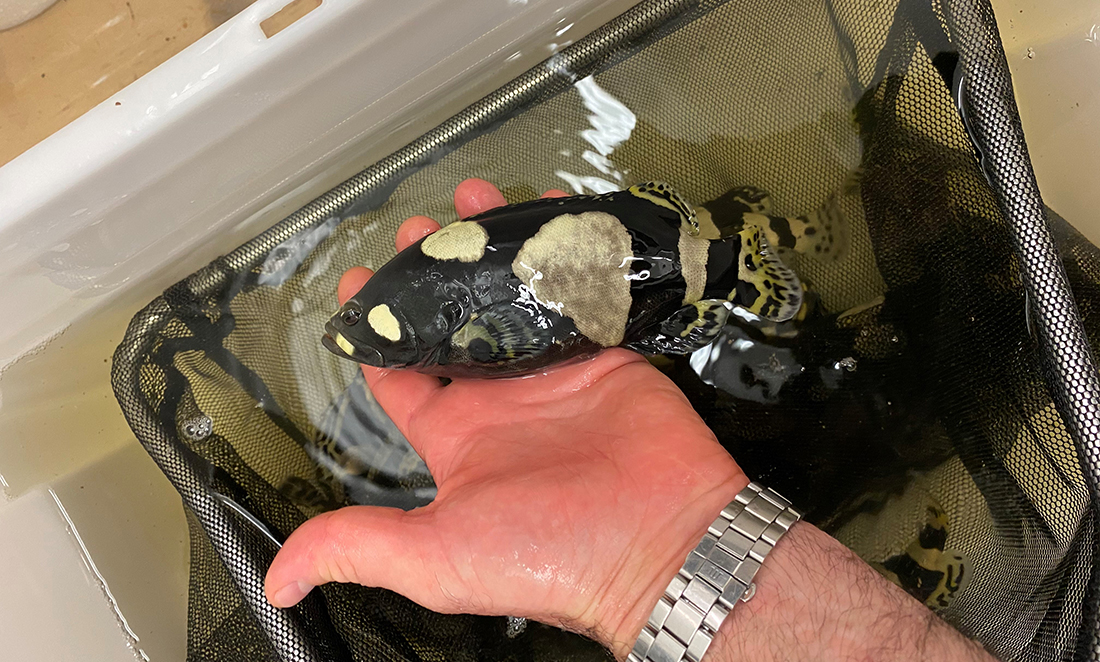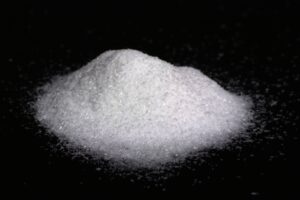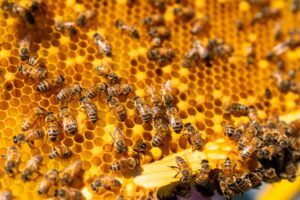Hankering for halibut? Tummy rumbles for tuna? Salivating for salmon?
The world is eating more fish than ever, while the amount of wild fish we catch has stayed roughly the same.
Fish farms, called aquaculture, are making up the gap between what we catch and what we eat. Now, over half the world’s fish supply is farmed.
But farmed fish come with their own problems. Farmed fish need to be fed, and some of this feed still comes from wild fish. About 70% of fish feed uses wild fish.
The percentage of wild fish in aquafeed is actually small. It makes up 7–8% of the aquafeed that includes it, but in an industry that deals in millions of tonnes of fish per year, this adds up quickly.
We will also need to make 37.4 million tonnes of aquafeed per year to meet the farming demand for the world population.
So how can we feed the fish that feed the world?
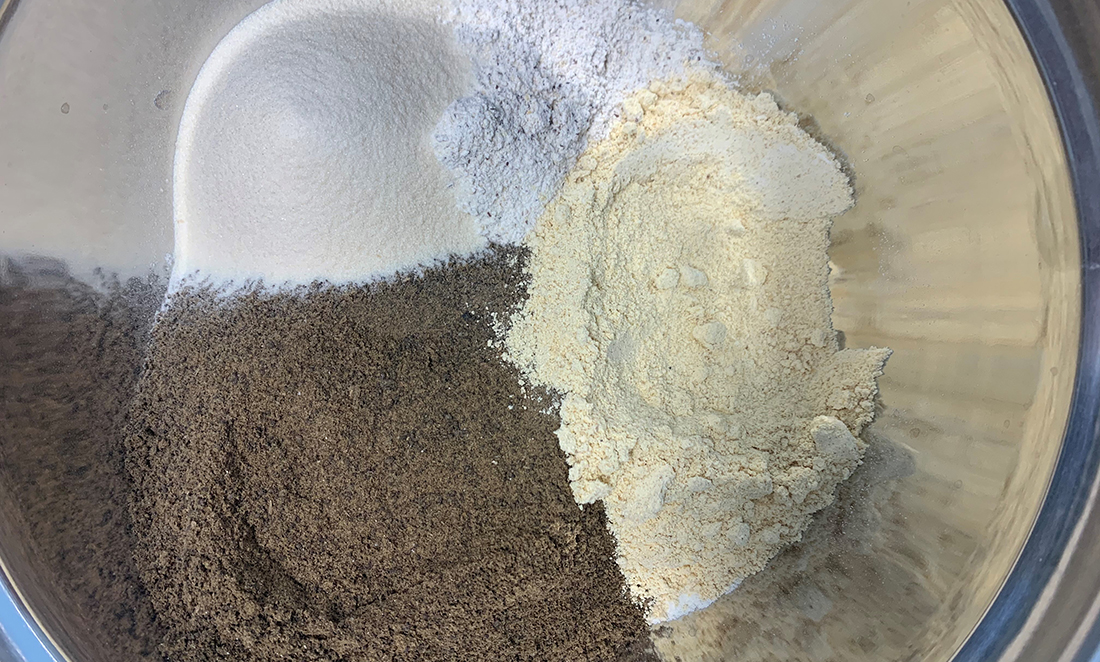
Ingredients: beans, bovine, bass
Waste from animal, vegetable and even other fish farms could be a great source of future fish food.
“Fava beans and lupins are great. Farmers grow them because they fix nitrogen in the soil, then they’ll just mulch them because there’s no market outlet,” says Dr Leo Nankervis, aquaculture researcher at James Cook University.
“In aquafeed, they could be used for a productive reason.”
Leo says fish farms could also use the pulped remains of livestock and different fish species for extra protein.
But this relies on production of other animals and transport, often across states or even around the world.
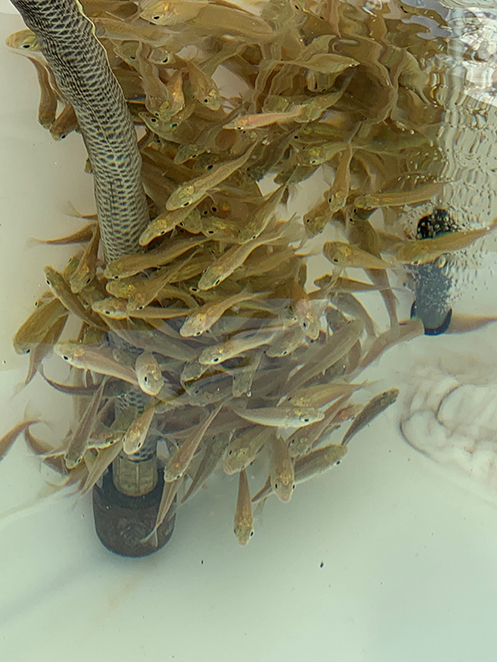
DNAquaculture
Genetic modification could improve farm waste for fish. Algae is great at producing fatty acids.
Genetic modification could move those genes into rapeseed and canola.
“It’s an Australian technology, and it’s already well established in America. But our market is averse to genetically modified materials going into fish food,” says Leo.
So if fish farms used genetic modification, they might have trouble selling their stock.
Fly on the hook
One of the most likely possibilities is insect meal.
“Nearly a third of food is wasted before it gets to the consumer. It typically goes to compost or landfill. We can feed those raw materials to insect larvae and get a high-protein feed,” says Leo.
It’s something we’re already testing in Western Australia.
“The DPIRD is working with the largest Australian-owned aquafeeds company [Ridley] and local insect manufacturers to test ingredients,” says Dr Gavin Partridge, research scientist at the Department of Primary Industries and Regional Development.
McMicro meal
Bacteria would also be a great solution. They can turn waste products into nutrients like protein and vitamins better than plants.
One bacteria, Methylococcus capsulatus, is 1000 times more efficient than plants.
This light-eating purple bacteria can be grown in wastewater and indoors using infrared light.
It’s a great idea, but scaling up production risks other bacteria infecting the tanks.
So which way is best?
All of them are worth researching. Leo says that, because the global market is ever-changing, just relying on one method makes fish farmers vulnerable to shortages.
The more options available, the less we need to rely on wild fish to feed farmed fish.
You can help encourage sustainable fishing by buying products with the MSC blue fish tick label. To support responsibly farmed fish, go for the green ASC label.



